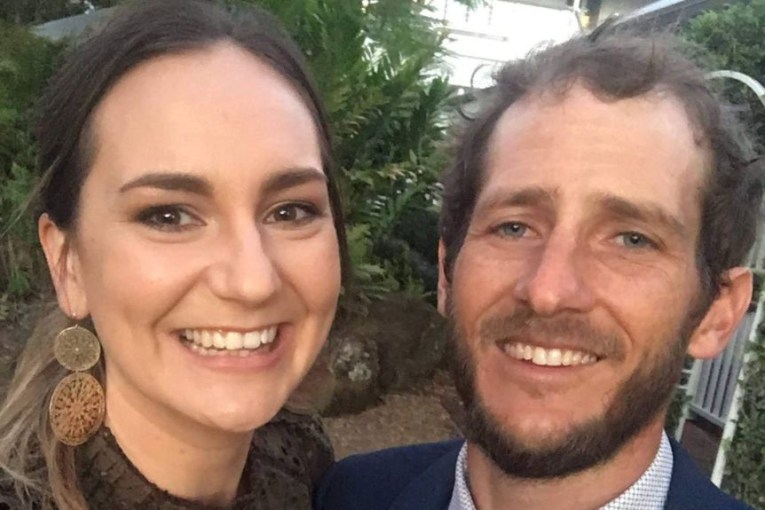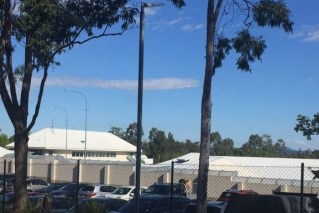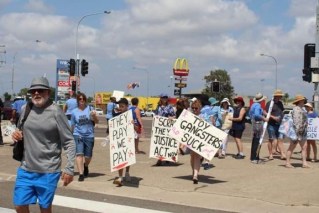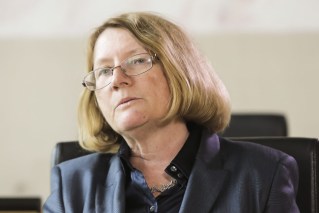No more silver bullets: Why Qld remains vulnerable to getting youth crime wrong
Credible research continues to show that the ‘tougher’ authorities go on youth crime the worse the problem gets. So why do politicians of all persuasions use this as their message to calm public anxiety? In the final part of our summer reading series on youth crime, Brad Cooper investigates.

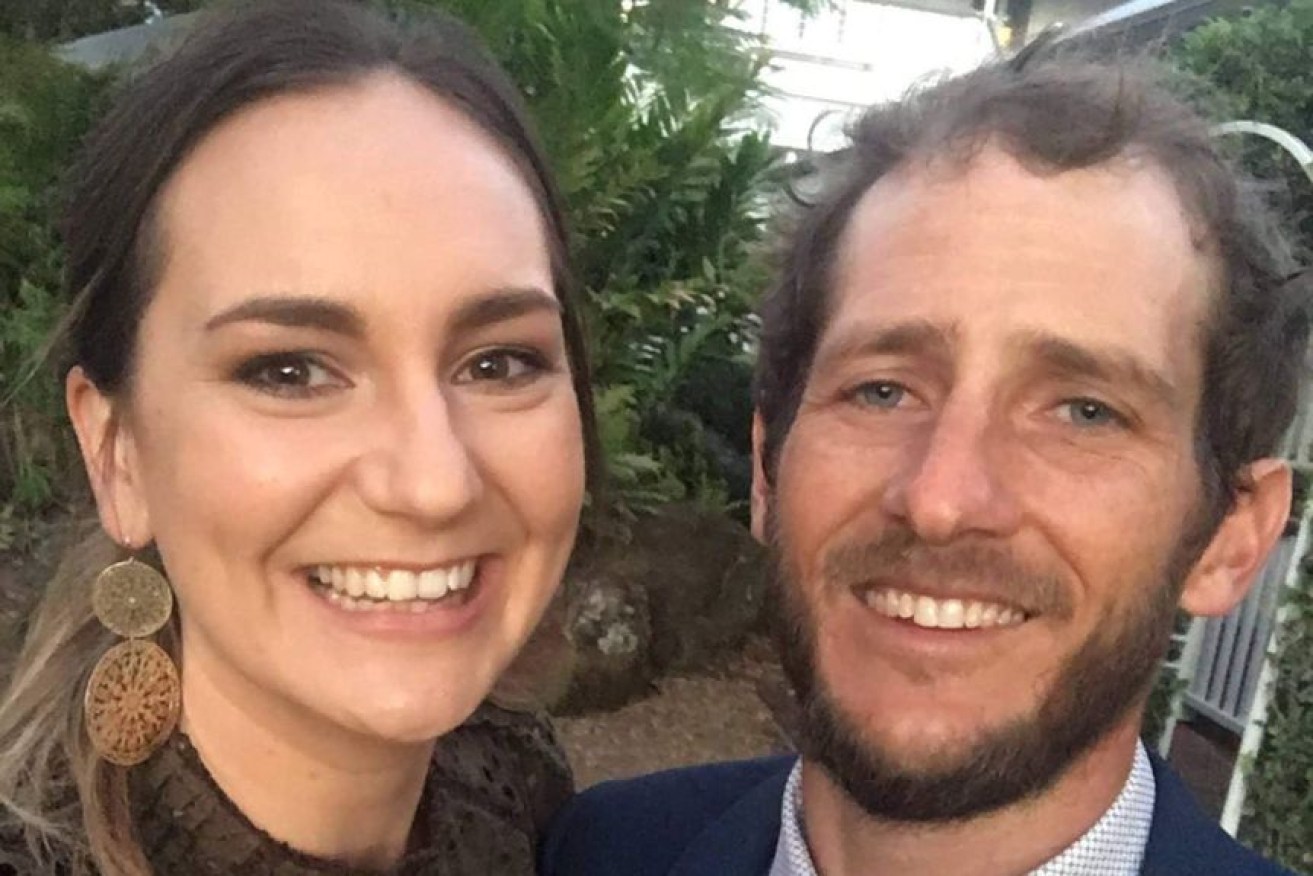
Crash victims Kate Leadbetter and Matt Field, whose tragic deaths put the spotlight on Queensland's youth crime issues. (ABC photo)
Youth offenders waiting for their day in court on remand are often there because they have nowhere else to go, not because they necessarily pose a risk to public safety.
On recent trends Queensland’s rates of remand for young people are among the highest in the OECD (although NSW is also historically high).
Globally it is difficult to draw direct comparisons because youth justice systems in different jurisdictions are used in different ways to achieve different outcomes.
Griffith University Professor William Wood says Queensland’s numbers are possibly inflated by young people who have little means of security, support and responsible supervision outside state care, not because they are dangerous..
“In some jurisdictions this is true, but not in Queensland,” he says.
“The majority of young people on remand are there because of a lack of suitable or safe accommodation for them upon release, not because they are an immediate risk to the public.”
There are no custom-designed, purpose-built remand centres for young offenders in Queensland, as opposed to the three youth detention centres that exist in Queensland for young people who have received a custodial sentence.
Young people on remand can be housed in general detention facilities or in some cases in police watchhouses.
The Palaszczuk Government had proposed converting a police watchhouse in Caloundra on the Sunshine Coast into a remand centre for young people but backed down due to negative community feedback during the consultation round in January last year.
Despite backing off on the proposal, Youth Justice Minister Leanne Linard still assured the public the Palaszczuk Government had introduced “tough new youth justice reforms in 2021 to ensure recidivist offenders were accountable for their actions”.
“We remain committed to community safety and ensuring that young people who need to be detained are kept in safe and secure custody,” she said.
But while the Palaszczuk Government tries to keep constituents on side with its crackdown on youth crime rhetoric, its failure to properly cater for young offenders awaiting trial could be putting it in the path of lawsuits, led by Australia’s National Children’s commissioner Anne Hollonds who told the ABC in November the practice was potentially in breach of human rights.
Wood was also part of a Griffith University team that evaluated the Palaszczuk Government’s supervised community accommodation (SCA) program that was established to provide young people with supervision and support to reconnect with family and services in the absence of a home to go to while on bail.
Introduced in late 2017, the SCA was the subject of a further two evaluations by auditors Ernst and Young before it was finally scrapped in January 2021 on the basis it was too expensive, despite all three reports confirming the model “provided safe, secure and stable accommodation with significant wrap-around services”.
While out of government for eight years, the LNP found addressing youth crime just as vexing when it was in power from 2012-2015 under Campbell Newman.
The one-term administration was likely to have been armed with the same research the current Labor government possesses, which shows a much smaller number of young people (ranging between 8-10 per cent) are responsible for a much larger amount of serious and repeat offending.
The trend, Wood says, has been known to experts and policy-makers for decades.
As a proportion of all crime, offending by young people has decreased over time, while a smaller, more ‘hardcore’ group is responsible for an even larger portion of very serious and violent offences.
The response from the conservative side of politics has traditionally been that of more punishment and accountability, leading to the embrace of ‘boot camps’ by the Newman Government, which were dumped by the then freshly-minted Palaszczuk Government as an expensive failure as confirmed in a KPMG investigation in 2015.
Labor’s response has historically been to focus somewhat more on rehabilitative programs and social support.
But the current administration now finds itself wedged between the stubborn perception it is soft on crime and several highly publicised cases that have set the community on edge and given the Opposition and Katter’s Australian Party Leader Robbie Katter a direct attack line to go harder and tougher on youth crime as a sure-fire vote winner.
“But the research is clear – more punishment does not work; in fact, it generally does the opposite,” Wood says.
“On the other hand, things that do work are costly, take significant time and resources, and require strong coordination of services and broad political support.”
The Palaszczuk Government is working on a more comprehensive response to youth offending and youth justice reform via the still to be finalised report from former police commissioner Bob Atkinson.
An interim review of the government’s 2021 reforms was delivered by Atkinson in November, prompting Linard to claim the government’s ‘crackdown’ on youth crime was working, with more serious repeat offenders in detention for longer
Atkinson’s full report will be one of the most eagerly awaited in 2023 – and for good reason.
Youth incarceration has significantly increased in the last two years in Queensland, and the current tough talking climate indicates there will be little reprieve on the system.
In 2020, the average number of young people in detention was about 206.
In 2021 it increased to 267 – an increase of about 23 per cent in a year, bucking the trend of other Australian states which saw detention rates fall.
While hoping for the best from Atkinson’s recommendations and the government’s response, Wood is worried that Queensland will revert to type, falling back on a sad history of “silver bullet” policy initiatives and changes, which then flow down to youth justice services, the courts, and the police, only to be discarded or reconfigured by the next administration.
With the next state election due in October 2024, there isn’t a lot of time to get the policy settings right, move to implementation and then measure and communicate the outcomes before Queenslanders head to the polls to decide the fate of a government looking tired and ragged.
In an environment where the lives of vulnerable human beings are at stake – both offenders and the victims of crime – the best results are achieved when the wheels of social improvement are turned methodically and sensitively, rather than having the hammer of justice fall angrily in haste.
“Societies that invest heavily in creating healthy communities, providing broad economic and social opportunities for young people, and orient responses to youth offending through integrated delivery of social, health and mental health services to young people and their families are drastically reducing their rates of youth offending,” Wood says.
“Queensland is far away from such a model. It’s why getting tough on youth crime is so much more appealing than getting smart on crime. The former just means another detention centre or even more draconian policies that appease a concerned public.
“The latter means investing in approaches that start from the ground up, such as effective prenatal care and social services for disadvantaged women.
“Ironically, the most effective and in the long run cost-efficient approaches are the types that cannot directly measure a reduction in youth crime because they prevent offending from happening in the first place.
“These are also often at the bottom of policymakers’ agendas. And this is why youth crime is largely a political problem in Queensland, not a problem of not knowing what works.”
